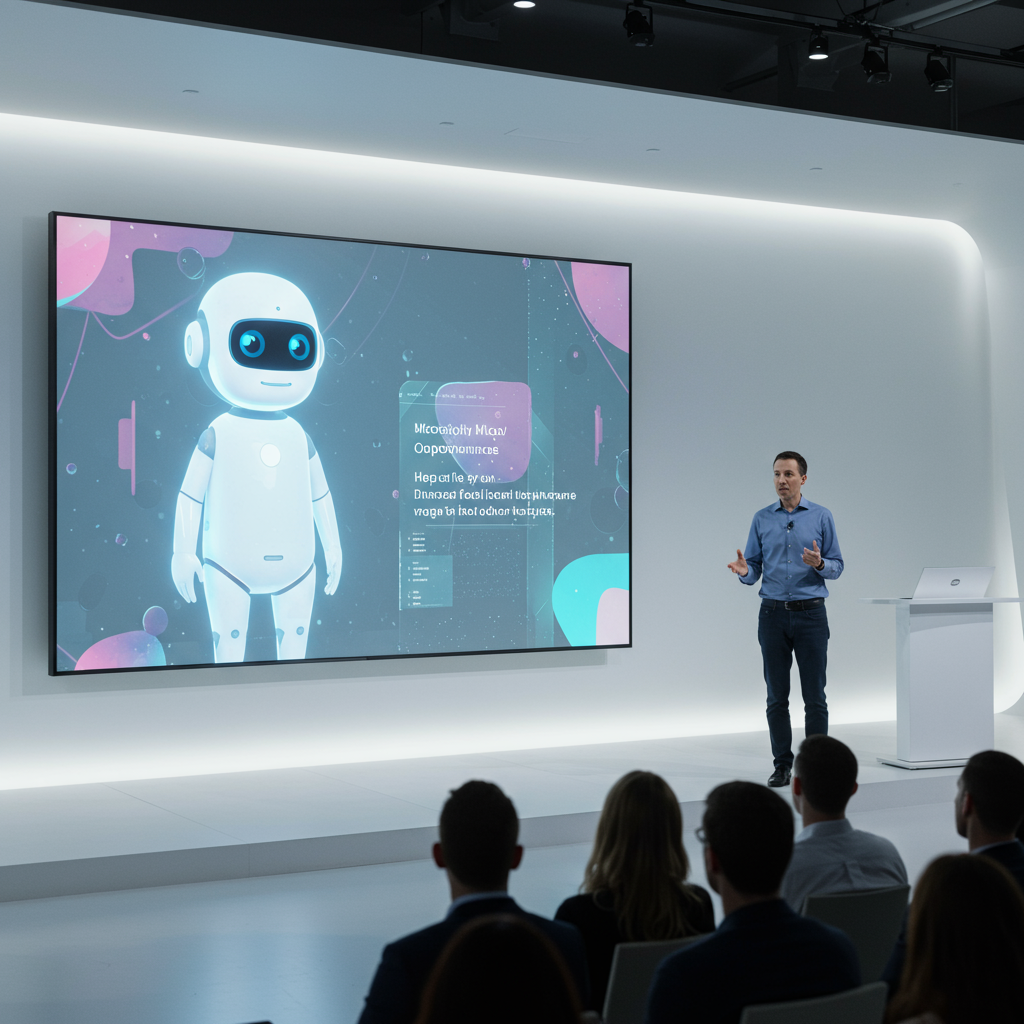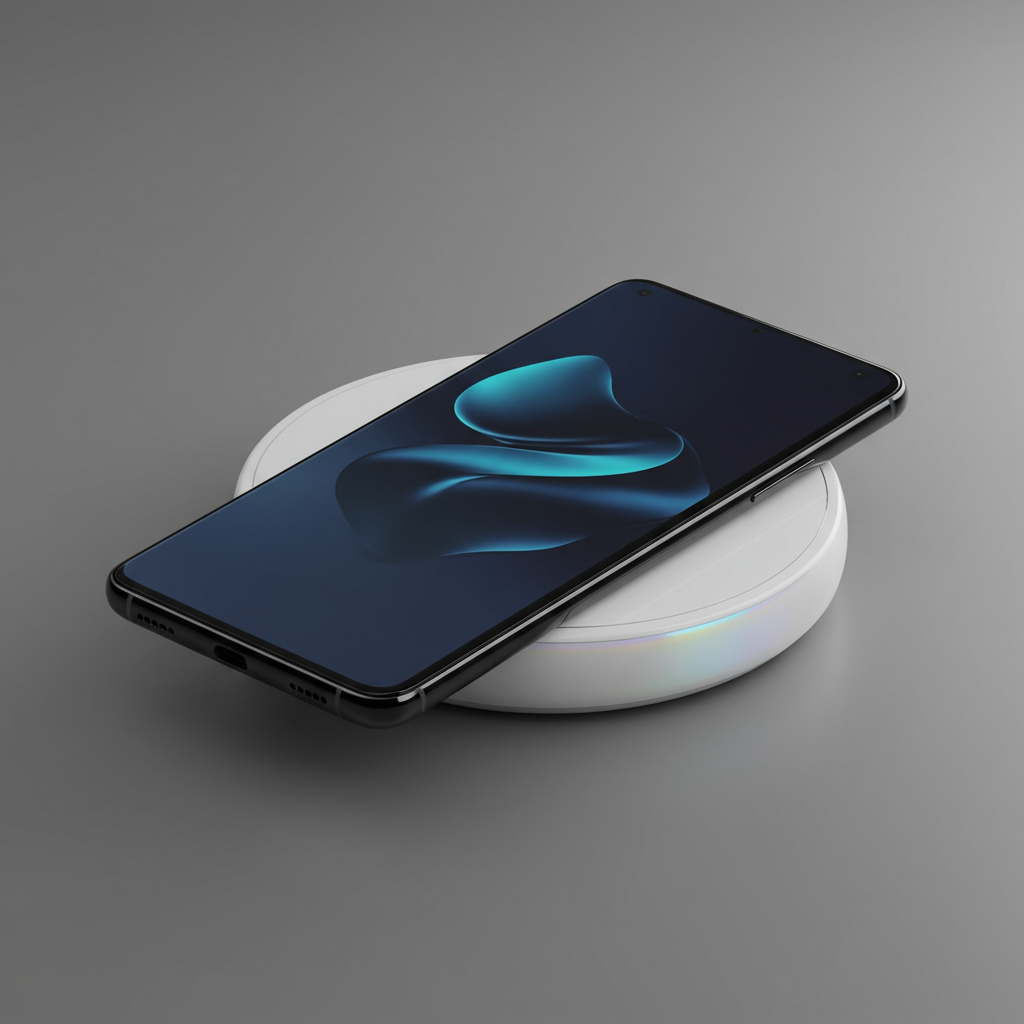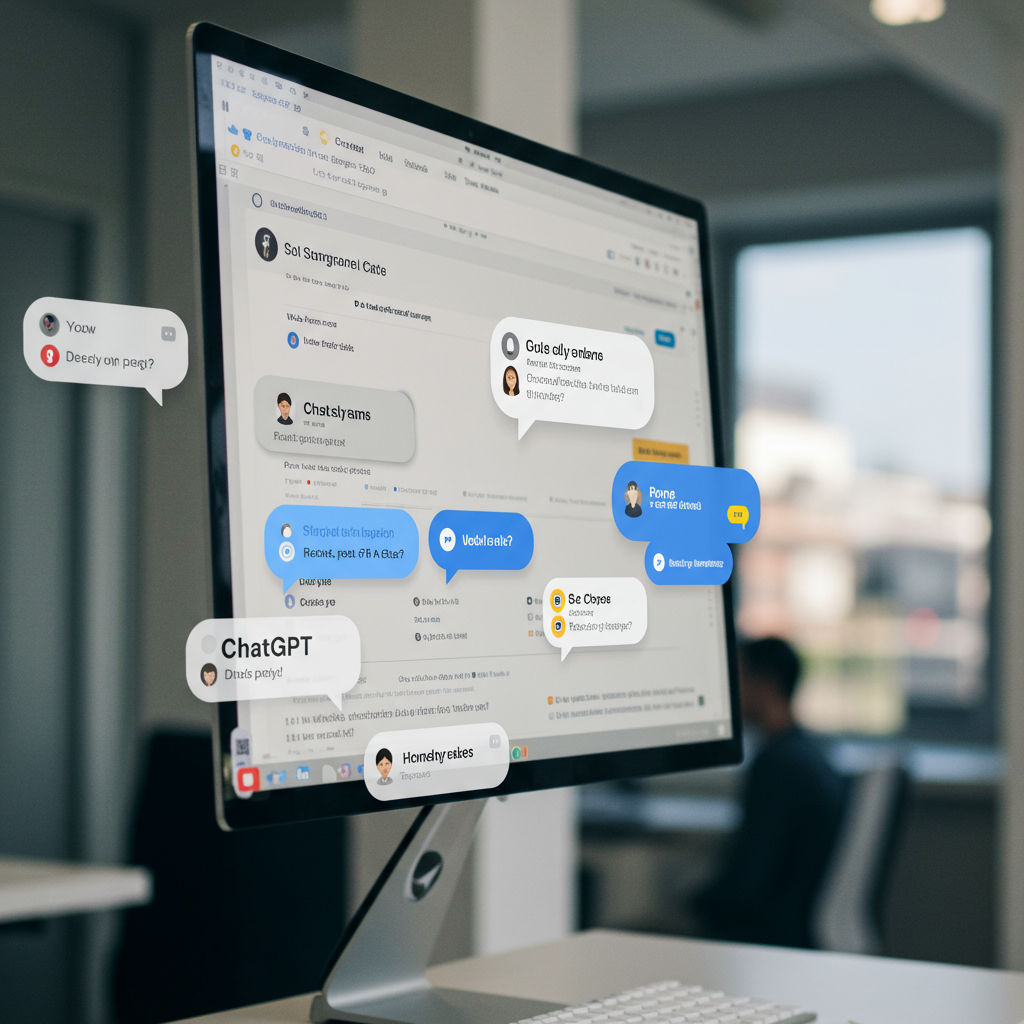Microsoft is revolutionizing how we interact with artificial intelligence, introducing Mico—an innovative, emotionally responsive virtual character for its Copilot AI. Far more than a mere chatbot, Mico is Microsoft’s most ambitious step yet towards a truly personal and intuitive digital companion. This new AI persona, unveiled in the October 2025 Copilot Fall Release, aims to transform conversational computing by combining advanced emotional intelligence with powerful new learning capabilities, moving light-years beyond its predecessors like Clippy and Cortana. Get ready for an AI that not only understands your words but also reacts to your feelings, learning and adapting to become an indispensable part of your digital life.
The Dawn of a New Digital Companion
For decades, technology companies have chased the dream of a truly helpful and engaging AI assistant. Microsoft, a pioneer in this space, has certainly had its share of triumphs and tribulations. Now, with Mico, the company believes it has finally cracked the code, offering a sophisticated blend of personality and intelligence designed to foster genuine connection.
From Paperclip to Persona: A Brief History
Microsoft’s journey into personal AI began humorously in 1997 with Clippy, the animated paperclip assistant in Microsoft Office. While often more annoying than helpful, Clippy proved that a visual, interactive helper could capture attention. Its eventual retirement in 2001, followed by the less-than-stellar run of Cortana on Windows Phone a decade later, showed the limitations of the technology at the time. Yet, the ambition remained. Jacob Andreou, Corporate VP of Product and Growth at Microsoft AI, acknowledges this lineage, quipping, “Clippy walked so that we could run.” This sentiment underscores a clear understanding of past challenges and a confident stride into Mico’s future.
Mico Unveiled: Copilot’s Expressive Avatar
Mico, whose name cleverly hints at “Microsoft Copilot” and rhymes with “pico,” arrives as Copilot’s dedicated visual persona. Described as a “cute orb” or “friendly blob,” Mico is engineered to be a warm, customizable, and expressive digital companion. Unlike static interfaces, Mico actively responds with real-time expressions and emotional reactions to your speech. If you share something sad, its facial expression will droop almost instantly, mirroring your mood. This responsiveness makes the underlying technology “fade into the background,” allowing users to build a more natural connection. Mico is enabled by default in Copilot’s voice mode, though users retain the option to disable the bouncing orb if they prefer. At its initial launch, Mico’s availability is focused on users within the US.
Beyond Basic Interaction: Mico’s Advanced Capabilities
Mico isn’t just a pretty face; it’s deeply integrated with significant advancements in Copilot’s core AI. These new functionalities push the boundaries of what a digital assistant can achieve, making interactions more personalized, productive, and truly intelligent.
Memory and Personalization
A critical leap forward for Mico and Copilot is the introduction of a robust memory feature. This allows the AI to “remember” facts it has learned about you and your ongoing work. Mico can retain context from past conversations, track your to-do lists, and even recall important details like appointments or anniversaries for future interactions. This long-term memory ensures that Mico acts as a truly personal helper, understanding your needs and preferences over time, leading to more relevant and seamless assistance. This adaptive experience, where the AI refines its performance based on user input, marks a significant departure from earlier, more forgetful assistants.
The Socratic Tutor: Learn Live Mode
One of Mico’s most innovative features is its “Learn Live” mode. This transforms the character into a Socratic tutor, designed to guide users through complex concepts rather than simply providing direct answers. Utilizing interactive whiteboards and visual cues, Mico in Learn Live mode encourages critical thinking and active learning. This specialized functionality appears particularly beneficial for students preparing for exams, individuals trying to practice a new language, or anyone seeking a deeper understanding of a subject. It’s a testament to Microsoft’s focus on utility and personal growth, not just rote information delivery.
Evolving Dialogue: “Real Talk” and Collaborative Features
Microsoft is also exploring more sophisticated conversational styles with Mico. The upcoming “Real Talk” mode aims to evolve Copilot’s personality and tone, allowing the AI to mirror a user’s conversational style. Crucially, it won’t be overly agreeable or “sycophantic.” Instead, Copilot will maintain “its own perspective,” capable of respectfully challenging user ideas and fostering critical thinking.
Beyond individual interactions, Copilot is expanding its collaborative potential with Copilot Groups. This allows up to 32 individuals to engage in real-time, shared AI sessions, perfect for team brainstorming or group study. These features, combined with Deep Research Proactive Actions that provide timely insights and suggest next steps based on recent activities, position Mico and Copilot as powerful tools for both personal and collective productivity.
Microsoft’s Grand Vision for Conversational AI
The introduction of Mico is part of a much larger strategic vision from Microsoft: to imbue AI with a distinct identity and to normalize voice interaction with computers. This ambitious push reflects a belief that conversational AI is the future of computing.
Giving AI an Identity
Microsoft AI CEO Mustafa Suleyman articulated this vision earlier, stating that Copilot would possess a “permanent identity, a presence, and it will have a room that it lives in, and it will age.” Mico directly embodies this philosophy, giving Copilot a visual and emotional anchor. This anthropomorphization of AI aligns with broader industry trends, where competitors like OpenAI and xAI are also developing more personalized and companion-like AI experiences. The market has already shown a strong demand for interactive AI characters, with numerous AI companion applications attracting millions of users.
Normalizing Voice Interaction
Mico forms a key part of Microsoft’s initiative to get people to talk to their computers more naturally. The company is actively promoting this through TV advertisements, marketing the latest Windows 11 PCs as “the computer you can talk to.” This isn’t Microsoft’s first attempt to convince users to adopt voice commands; past efforts with Cortana on Windows 10 PCs ultimately struggled. However, Mico’s advanced capabilities, emotional intelligence, and optional nature aim to overcome the “weirdness” factor that has historically plagued voice interaction. To further encourage engagement and tap into nostalgia, Microsoft has even included a playful Easter egg: rapidly tapping Mico multiple times can make it transform into the classic Clippy character, a humorous nod to its ancestry.
Navigating the AI Landscape and Future Challenges
While Mico represents a significant leap forward, Microsoft faces familiar challenges in ensuring widespread adoption and responsibly managing the complexities of human-AI interaction.
Addressing the Complexities of Human-AI Interaction
The development of advanced conversational AI presents inherent challenges. Technology companies must carefully balance creating a helpful assistant with the risk of leading users into unproductive “rabbit holes” or, in rare cases, inadvertently reinforcing delusional beliefs—a phenomenon sometimes referred to as “AI psychosis.” Microsoft’s guiding philosophy, as expressed by Mustafa Suleyman, emphasizes utility and trust over mere engagement, aiming to build “AI that gets you back to your life. That deepens human connection. That earns your trust.” This responsible approach is crucial as AI becomes more integrated into our daily lives.
Competing in a Crowded Market
Mico enters a dynamic and highly competitive AI landscape. While it offers unique emotional and learning capabilities, it stands alongside established players like OpenAI’s ChatGPT (which also offers various voice and visual experiences) and emerging companions like xAI’s Grok. Microsoft’s strategy leverages deep integration across its ecosystem. Mico and Copilot are expanding their reach into Microsoft’s Edge web browser, transforming it into a dedicated “AI browser” that can summarize tabs, compare information, and even take direct actions like booking hotels or filling forms. This puts Edge in direct competition with other AI-centric browsers and Google’s market-leading Chrome, which integrates Gemini AI. Furthermore, Copilot’s enhanced integrations with Microsoft 365 applications, Gmail, Google Drive, and Google Calendar, along with specialized features like Gaming Copilot, aim to create a cohesive and powerful AI experience across all user touchpoints.
Frequently Asked Questions
What is Mico and how is it different from Clippy or Cortana?
Mico is Microsoft’s new emotionally expressive virtual character for its Copilot AI, launched in October 2025. It serves as a visual and interactive persona for the AI’s voice mode. Unlike Clippy, which was often intrusive, or Cortana, which lacked sophisticated emotional responses, Mico is designed to be a “cute orb” that reacts with real-time facial expressions to a user’s tone and emotions. It also leverages advanced features like a new memory function to learn about users and a “Learn Live” mode for Socratic tutoring, offering a far more personalized and intelligent interaction than its predecessors.
How can I access Mico and what features are available at launch?
Mico is integrated into Copilot’s voice mode and is enabled by default, though users can choose to disable it. At its initial launch, Mico is exclusively available to users in the United States. Key features available include real-time emotional responsiveness, integration with Copilot’s new memory capabilities for personalization, and the “Learn Live” mode which transforms Mico into a Socratic tutor using interactive whiteboards. Additionally, users can discover a playful Clippy-related Easter egg by quickly tapping Mico.
Is Mico designed to replace human interaction or enhance productivity?
Mico is explicitly designed to enhance productivity and deepen human connection, not replace human interaction. Microsoft’s philosophy is to build “AI that gets you back to your life.” Mico aims to make human-computer interaction more natural and intuitive through its emotional intelligence and learning capabilities. Features like the “Learn Live” mode foster collaborative learning, while “Real Talk” mode encourages critical thinking. By providing a personalized, empathetic, and intelligent digital companion, Mico seeks to empower users to be more efficient and engaged, freeing up time for other pursuits and connections.
Conclusion
Mico represents a bold new chapter in Microsoft’s long-standing quest for the ultimate digital assistant. By combining an emotionally intelligent visual persona with advanced features like memory, Socratic tutoring, and sophisticated conversational modes, Mico aims to bridge the gap between human and AI interaction. While challenges remain in normalizing voice communication and navigating the complexities of AI, Mico’s innovative design and deep integration into the Microsoft ecosystem signal a profound shift. This friendly, smart, and adaptive AI companion is poised to make our digital lives more engaging, productive, and genuinely connected, proving that the future of computing isn’t just about speed, but about personality and understanding.




